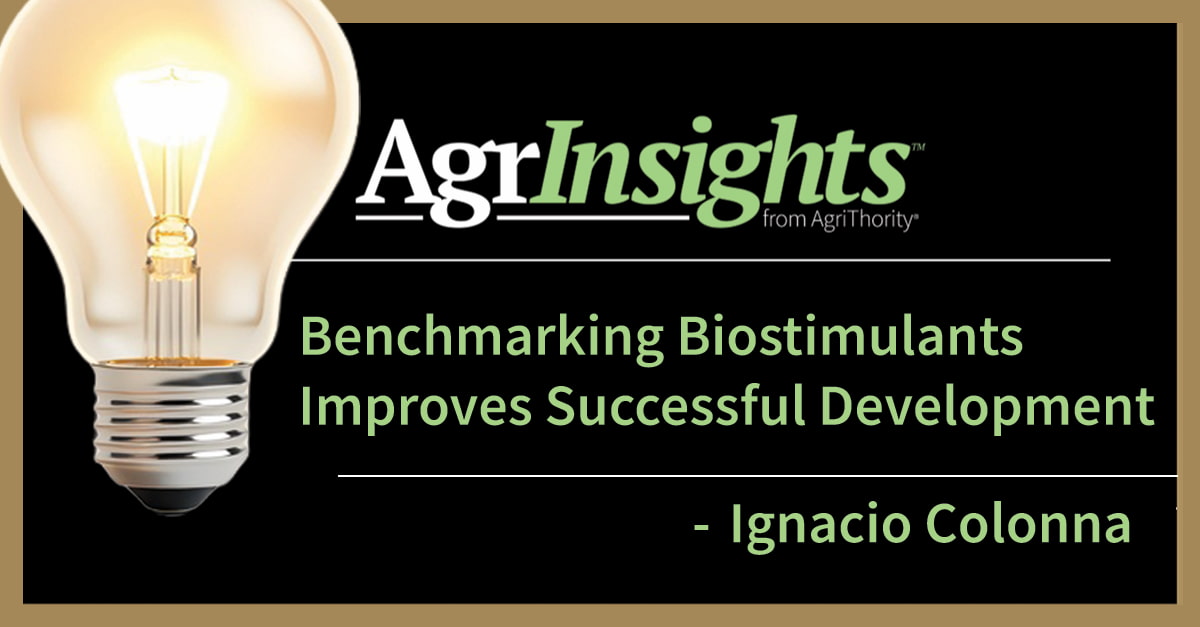Organic food sales were $67.7 billion in 2022, which is a record, according to the 2023 Organic Industry Survey by the Organic Trade Association. In fact, organic food sales have seen continuous incremental growth and have doubled over the past 10 years. With the increase in consumer demand for organic food, our recent survey of growers and experts identified four areas of opportunity for improving organic crop protection.
The U.S. Department of Agriculture’s National Agricultural Statistics Service (NASS) 2021 Organic Survey results show total sales of $11.2 billion in organic products, an increase of $1.28 billion, or 13%, from 2019. Certified organic farms also increased 5% from 2019 to 17,445. California accounts for 32% of the U.S. total organic sales.
For growth to occur in the organic crop protection market, companies need to capitalize on gaps and opportunities in these four areas:
Inoculants
One product development need is specifically for cover crop inoculants that will increase nitrogen fixation capabilities and aid in soil regeneration. Additionally, soil issues such as salinity due to use of lower quality irrigation water and heavy metals pose additional needs.
Fertilizers
A good window of opportunity is the transitional period when growers are migrating from conventional or adding organic production to their operation. An ideal product for this transitional period must increase organic matter and maintain crop yields while the grower is adopting a long-term fertility program. A biological fertilizer capable of mineralizing on its own or having high mineralized elements would be ideal. It is also important to have sufficient available nitrogen levels without compromising organic matter accumulation in the soil.
Herbicides
Disregarding the formulation type, there is demand by organic growers for a herbicide with longer residual activity – particularly a systemic organic herbicide. Along with that, resistance management programs will be crucial for the success of such “novel” herbicides.
Pesticides
Not many pesticide options exist for organic production. Growers are simply looking for something that is effective and less than USD $30/acre. The need for organic insecticides with longer residual activity is added to the list of other needs including organically approved insecticides to control Lygus bugs (Lygus hesperus) and Darkling beetles (Tenebrionidae). Seed-applied organic insecticides with systemic activity to manage cucumber beetles and seed corn maggot (Delia platura) are also in demand.
Large-scale growers use biological control methods, such as predatory mites, to manage pests (for example: spider mites and ladybugs to manage aphids). However, these biological controls are not reliable to mitigate the problems on their own. An integrated strategy is required.
When your Research is ready for Development, turn to AgriThority® for scientific product, business, and market expertise. We will work with you to identify key insights, deploy effective strategic moves or to support your development of new innovations. Our international footprint, combined with our deep understanding of market and producer dynamics, helps you leap hurdles and overcome barriers in your move toward successful commercialization. Call us to discuss your R&D challenges.



